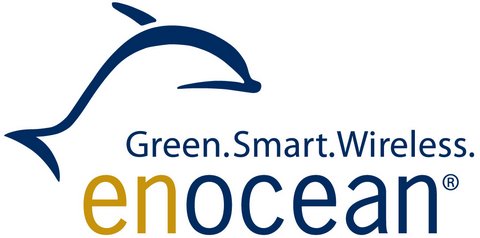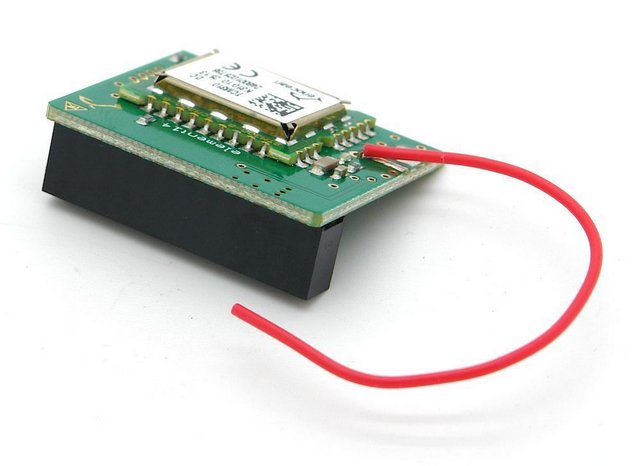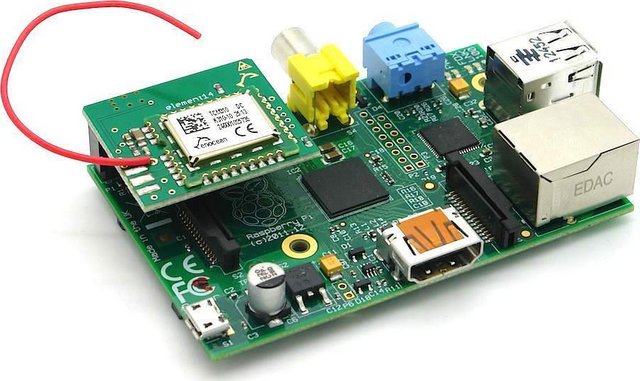This is an old revision of the document!
Install EnOcean on Raspberry Pi
Connecting EnOcean Pi with Raspberry Pi
First of all you have to connect the EnOcean Pi to the Raspberry. Do this before powering up the Raspberry Pi. The serial port of the GPIO must be disable (it's normally used for console debugging in standard configuration). Tio achieve this, you have to do the following commands:
wget https://raw.githubusercontent.com/lurch/rpi-serial-console/master/rpi-serial-console chmod +x rpi-serial-console sudo ./rpi-serial-console status
If the returned message is Serial console on /dev/ttyAMA0 is disabled you don't have to do anything, else, you have to do:
sudo ./rpi-serial-console disable
Install the Fhem.de building automation server for testing purposes
Fhem is a building automation server . We will use it to verify that everything is weel configured.
Install Fhem for testing purposes
As an example, to be able to test if your environment is well configured, you can install Fhem. Do the following to achieve this.
sudo apt-get install perl libdevice-serialport-perl libio-socket-ssl-perl libwww-perl sudo apt-get install -f wget http://fhem.de/fhem-5.6.deb sudo dpkg -u fhem-5.6.deb
To display the web interface of fhem, you can connect to the Raspberry on 8083 port.
http://<RaspberryIP>:8083/fhem
Configure Fhem
Go to Edit files and select fhem.cfg
Add the following lines if then OceanPi is not automatically recognized:
define TCM_ESP3_0 TCM ESP3 /dev/ttyAMA0@57600
The go to Everything and select TCL_ESP3_0. Send the following command:
set TCP_ESP3_0 teach 600
Then take all your EnOcean devices and click on them: click on switches to send an event and click on the learn button to send a datagram to discover the equipment. Then you can go the EnOcean and you can find all the equipment recognized by Fhem.



